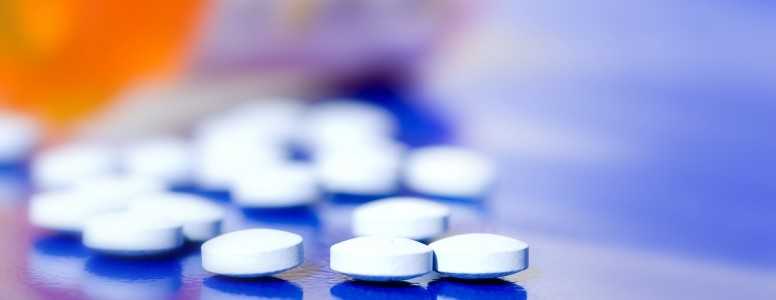The Scottish Intercollegiate Guidelines Network (SIGN) has updated its guidelines on blood sugar control for people with type 2 diabetes.
In a bid to improve the standard of healthcare for people in Scotland, SIGN has issued advice for doctors and nurses on drug management.
The newly published document states people with type 2 diabetes should be aiming for HbA1c levels of 53 mmol/mol (7%) in a bid to reduce the risk of micro- and macrovascular disease. However, it said a slightly lower level of 48 mmol/mol (6.5%) might be “more appropriate” for some.
Recommendations also suggest metformin should be the first oral treatment prescribed, unless it has been deemed unsuitable for a person, so then sulphonylureas can then be administered.
SGLT2 inhibitors may be considered, as well as metformin, in people with a BMI of 30 or greater. Pioglitazone has been recommended to lower HbA1c levels as a dual or triple therapy.
SIGN guidelines can sometimes differ from the advice issued by the National Institute for Health and Care Excellence (NICE) in some areas, so it is recommended GPs use their own clinical judgement when it comes to making a decision about treatment.
Dr Alan Begg, a GPSI in cardiology in Dundee, said: “SIGN 154 gives an up-to-date, evidence-based overview of the therapeutic groups of glucose-lowering drugs. There is a management algorithm that is excellent, if a little daunting initially.
“Of particular interest is the use of specific SGLT2 drugs that have proven cardiovascular benefit. However, the use of these drugs may be out of line with current formularies and procurement schemes, and side effects may be higher than in some of the other drug groups.”
Benedict Jephcote, Editor of Diabetes.co.uk, said: “It is a shame that the SIGN guidelines have recommended sulphonylureas as a second-line, and in some cases a first-line, treatment. Sulphonylureas raise insulin levels in the body which exacerbates insulin resistance and makes weight management harder to achieve.
“Diabetes.co.uk’s Low Carb Program has shown how taking simple steps and eating a natural, real foods has helped many people with type 2 diabetes to achieve HbA1c results below 6.5%, to lose weight and to reduce their dependency on medication.”
What's new on the forum? ⭐️
Get our free newsletters
Stay up to date with the latest news, research and breakthroughs.







